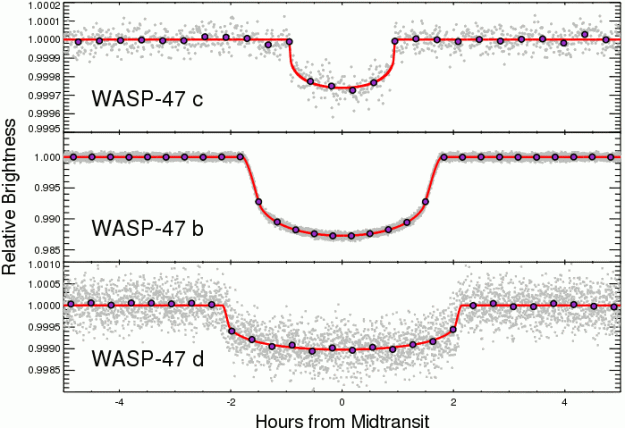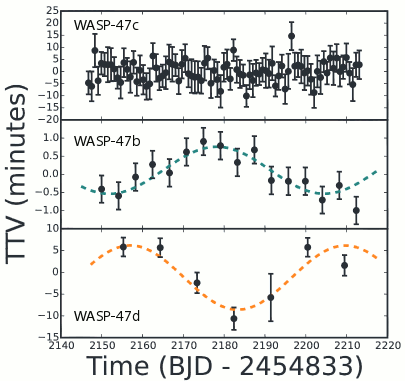With the launch of the James Webb Space Telescope only a year away the exoplanet community is gearing up to exploit its capability for characterising exoplanet atmospheres. A new paper by Yu et al contains a plot of the best targets, giving the expected “signal to noise” for each planet as a function of the planet’s mass. The higher the S/N the better, enabling more atmospheric features to be discerned.

It is notable that most of the best targets do not come from Kepler (which had a relatively small field of view, and so looked at mainly fainter stars), but instead from the ground-based transit surveys (which focus mainly on brighter stars, which are thus better targets for follow-up). WASP features strongly, supplying half of the best targets.
The focus of the Yu et al paper, however, is the discovery of two very good targets from the K2 phase of Kepler‘s mission. K2 is observing more fields for less time than the original Kepler, and so covers more bright stars.
HD 89345b (labelled in red above) is only 10% of Jupiter’s mass but is bloated to 0.6 Jupiter radii. Transiting a bright star of V = 9.4 makes it a prime target.
The transit depth of only 0.15% means that it is too shallow to have been detected by WASP (which can do 0.2–0.3% at best), especially given the 11.8-day orbit, which means that it produces fewer transits than shorter-period planets.

The other new discovery, HD 286123b (which had also been independently found by Brahm et al), is a larger and more massive planet producing a 0.8% dip. This one should have been within the reach of the WASP survey, but happens to lie in a region of the Northern sky where SuperWASP-North has only limited data.














